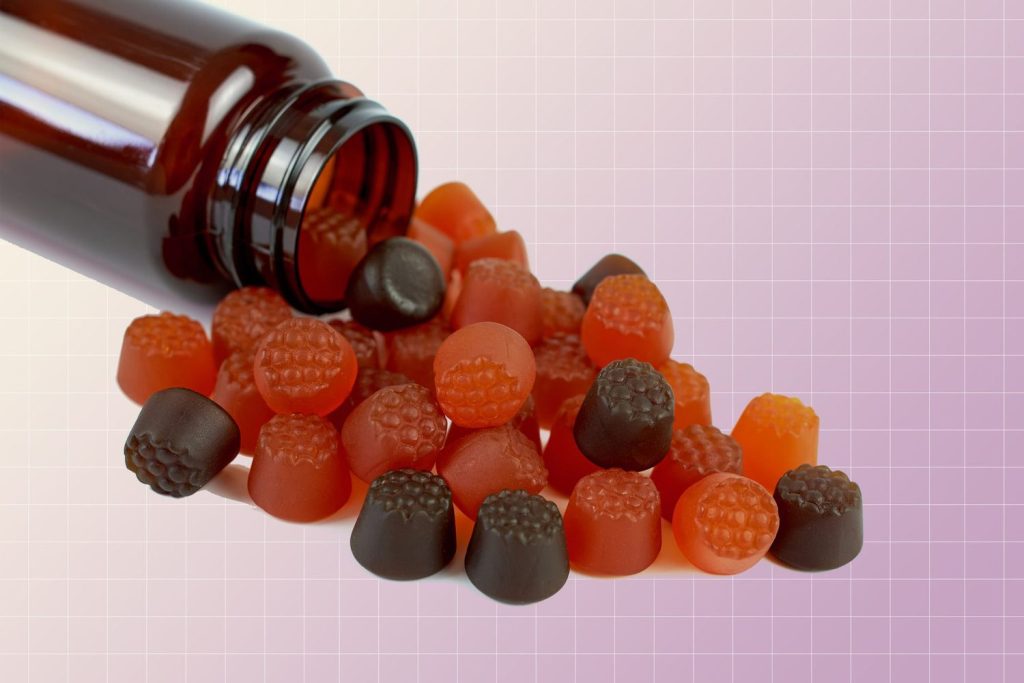Exploring Novel Delivery Methods for HHC Cannabinoid
Exploring novel delivery methods for hemp-derived cannabinoid HHC products is crucial for advancing both the efficacy and accessibility of these therapeutic compounds. Traditional methods of consumption, such as smoking or ingesting edibles, have limitations in terms of dosage control, bioavailability, and ease of use. Therefore, innovators are turning to alternative delivery systems to address these challenges and unlock the full potential of HHC. One promising approach is the development of transdermal patches infused with HHC. These patches offer a convenient and discreet way to deliver cannabinoids directly into the bloodstream through the skin. Unlike oral consumption, which can result in delayed onset and inconsistent effects due to the digestive process, transdermal patches provide rapid and controlled absorption, leading to more predictable outcomes for users. Moreover, patches eliminate the need for inhalation, making them a safer option for individuals concerned about the potential risks associated with smoking. By encapsulating cannabinoids in nanoparticles, researchers can improve their solubility and stability, allowing for better absorption and prolonged release in the body.

This technology also enables the formulation of HHC-infused beverages, creams, and other products with increased potency and efficacy. Nanoencapsulation not only enhances the therapeutic benefits of HHC but also opens up new possibilities for product innovation and customization. Inhalation remains a popular method of consuming cannabinoids, but innovators are refining existing delivery devices to optimize the user experience. For instance, advancements in vaporization technology have led to the development of portable and customizable vaporizers that offer precise temperature control and efficient extraction of cannabinoids. These devices minimize the combustion of plant material, reducing the intake of harmful byproducts while maximizing the delivery of therapeutic compounds. Additionally, the use of pre-filled cartridges and disposable pens simplifies the dosing process, making inhalation a more user-friendly option for both medical patients and recreational users. Beyond traditional routes of administration, researchers are exploring the potential of alternative delivery systems, such as transmucosal and intranasal routes.
Transmucosal delivery involves absorption through mucous membranes in the mouth, nose, or rectum, offering rapid onset and high bioavailability without the need for digestion. Similarly, intranasal delivery allows for direct absorption of cannabinoids through the nasal mucosa, bypassing the gastrointestinal tract and liver metabolism. These methods hold promise for delivering HHC products with increased efficiency and precision, particularly in medical settings where immediate relief is often required. In conclusion, the exploration of novel delivery methods for hhc cannabinoid is driving innovation in the cannabis industry and expanding the therapeutic options available to consumers. From transdermal patches and nanoencapsulation technology to advanced vaporizers and alternative routes of administration, these developments are revolutionizing the way we harness the potential of cannabinoids for health and wellness. By optimizing delivery systems, researchers and manufacturers can improve the efficacy, safety, and accessibility of HHC products, ultimately benefiting individuals seeking relief from a wide range of medical conditions.